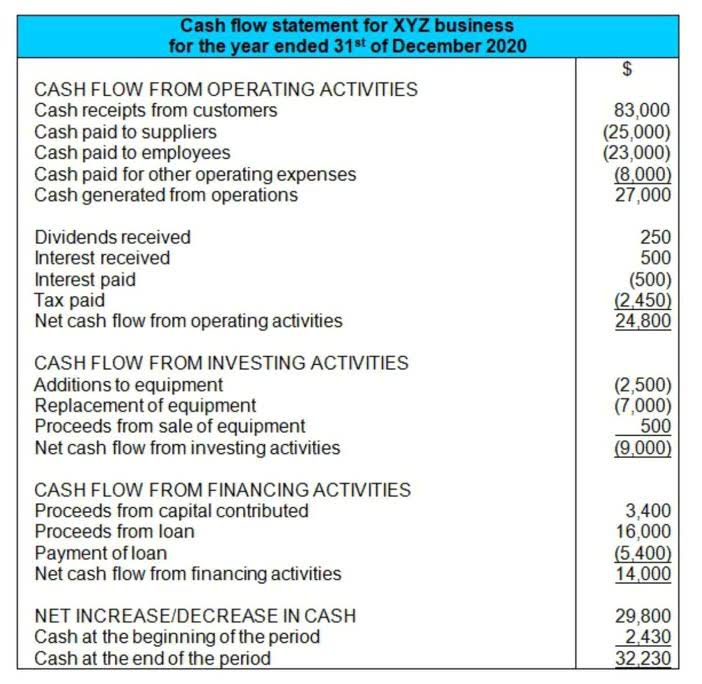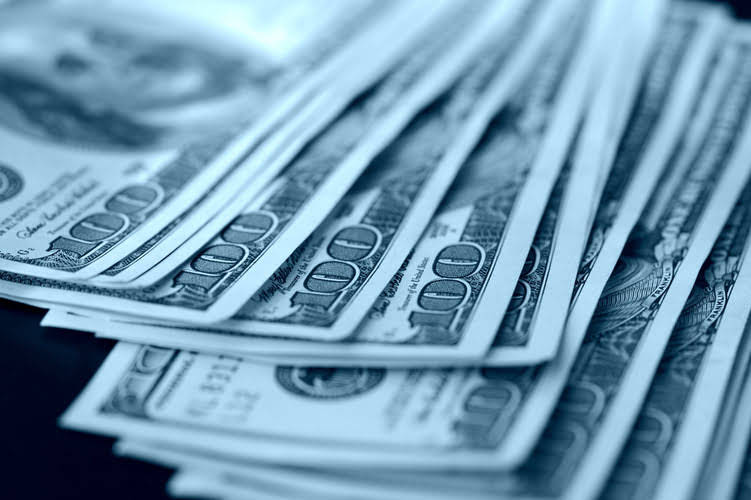
For example, imagine a corporation pays $8 million to acquire a competitor whose tangible and identifiable intangible assets are valued at $6.5 million. The $1.5 million difference represents goodwill—reflecting the extra worth attributed to the acquired company’s reputation and other non-physical strengths. More than 80% of survey respondents expressed a strong need for better disclosures related to both acquired and internally generated intangibles. Respondents emphasized that enhanced transparency in disclosures could eventually lead to recognition on financial statements. Respondents are particularly supportive of disclosures on the types, the amounts, and management’s estimate of expected future cash flows of recognized and unrecognized intangibles. Once you have invested in intangible assets, see how they are leveraged effectively to maximize their value.
- The Research and Policy Center also offers searchable access to the archives and current editions of the CFA Institute Financial Analysts Journal, Research Foundation publications, and Enterprise Investor blog.
- Quickonomics provides free access to education on economic topics to everyone around the world.
- As a result, the agreement is considered a definite asset and has a defined lifespan.
- All intangible assets are nonphysical, but not all nonphysical assets are intangibles.
- This is because it will help us in understanding the three important characteristics of Intangible Assets.
Protect Intellectual Property
A portion of an intangible asset’s cost is allocated to each accounting period in the economic (useful) life of the asset. Only recognized intangible assets with finite useful lives are amortized. The finite useful life of such contribution margin an asset is considered to be the length of time it is expected to contribute to the cash flows of the reporting entity. (Pertinent factors that should be considered in estimating useful life include legal, regulatory, or contractual provisions that may limit the useful life). The method of amortization should be based upon the pattern in which the economic benefits are used up or consumed. If no pattern is apparent, the straight-line method of amortization should be used by the reporting entity.

Intangible Assets Accounting
- Unidentifiable intangible assets are things you cannot specifically define or quantify.
- As discussed above, you cannot recognize internally generated intangibles as intangible assets except for a few.
- A portion of an intangible asset’s cost is allocated to each accounting period in the economic (useful) life of the asset.
- The perceived appeal of working in the media industry is key to encouraging young people to seek a job with radio and TV companies.
- Furthermore, you need to amortize such assets over their useful life once recognized as intangible assets.
- While accounting rules largely ignore intangibles—expensing them rather than recognizing them on the balance sheet—intangibles have become the most important driver of value in the modern economy.
The increasing prominence of intangibles reflects the broader shift from a manufacturing economy to a service and technology-based economy that began several decades ago. Real-time bookkeeping revolutionizes financial management by providing businesses with instant access to up-to-date financial data, improving cash flow tracking, expense management, and profitability analysis. Unlike traditional bookkeeping, which relies on periodic updates, real-time bookkeeping ensures continuous transaction recording, automated reconciliation, and real-time financial reporting. This allows business owners to make faster, data-driven decisions, reduce errors, enhance tax compliance, and stay audit-ready. You only record an intangible asset if your business buys or acquires it.
Goodwill

Tangible assets are always listed on a company’s balance sheet; they are considered a part Car Dealership Accounting of the company’s total assets and are recorded on a company’s balance sheet. On a balance sheet, tangible assets are classified as either current assets or non-current (also called “fixed” assets). Current assets are short-term assets; they can be converted to cash, sold, or used within one year. They provide liquidity and help a company run its day-to-day operations. Most prefer impairment over amortization, asserting that timely and transparent impairments provide valuable information about asset performance, while amortization is largely ignored. For example, a database can be lost or destroyed, as can a brand reputation.
- As per the Accounting Standard, you can only record the intangibles acquired in a Business Combination or purchased from outside as Intangible Assets on your Balance Sheet.
- Intangible assets are critical to many businesses as they can significantly contribute to a company’s value and provide a competitive edge in the market.
- For example, a patented technology may be sold to another company that can better exploit its potential.
- It reflects the utilization of the intangible asset over its useful life.
Key Findings of Our Survey on Intangibles Assets
Intangible assets are generally both nonphysical and noncurrent; they appear in a separate long-term section of the balance sheet entitled “Intangible assets”. Intangible assets are generally considered long-term and their value can increase over time. An intangible asset like a brand name can be critical to a company’s long-term success.
Using the Standards

Brand reputation builds customer loyalty and trust; proprietary technology enhances operational efficiency; and intellectual property generates licensing revenues. Continuously monitor and measure the impact of these assets on the business’s performance. Invisible assets are assets (resources with economic value) that cannot be seen or touched.

In accounting, goodwill is an intangible value attached to a company resulting mainly from the company’s management skill or know-how and a favorable reputation with customers. A company’s value may be greater than the total of the fair market value of its tangible and identifiable intangible assets. This greater value means that intangible assets do not include: the company generates an above-average income on each dollar invested in the business. Thus, proof of a company’s goodwill is its ability to generate superior earnings or income. Initially, firms record intangible assets at cost like most other assets. However, computing an intangible asset’s acquisition cost differs from computing a plant asset’s acquisition cost.
- The value of this secret recipe is not in its physical ingredients, which are relatively common and inexpensive, but in the unique formulation and brand association that draws customers.
- Thus, you need to amortize only assets with a finite life over their useful life on a systematic basis.
- Provided you can determine its technical and commercial feasibility for sale or use.
- Tangible assets are always listed on a company’s balance sheet; they are considered a part of the company’s total assets and are recorded on a company’s balance sheet.
- Provided, you are able to determine its feasibility and measure its reliability.
- That was up from about $958 billion in 2018, according to a Federal Reserve of St. Louis study of data from the U.S.
Such a lawsuit establishes the validity of the patent and thereby increases its service potential. In addition, the firm debits the cost of any competing patents purchased to ensure the revenue-generating capability of its own patent to the Patents account. “Intangible assets such as a strong, valuable brand and innovative technology can be the differentiators that drive a $2 billion company to $2 trillion in 25 years—as witnessed with Apple,” the GIFT report says. Globally, according to the GIFT report, total intangible asset value disclosed on corporate balance sheets totaled $16.2 trillion. However, that represents only about one-third of the worldwide tally for intangible asset value.

